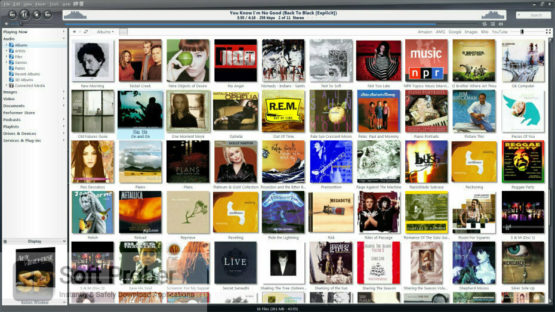
Parts/Configuration: Whether it's a standalone NAS or integrated within a Windows HTPC, I'm leaning towards: Storage for 24/7 video surveillance files, overwriting on a 7 day loopīudget: approximately $2,000.
Jriver tonido windows 10#
Plex and Kodi clients will pull streamed RAID content locally on a daily basis to 3 different TVs over home network (I realize one of these requires transcoding at the source, and the other is required at the destination)Ĭlients pulling content will exist on multiple different operating systems (Xbox app, Windows 10 PC, RPi Debian, RPi-Kodi, etc.) Home videos and digital photographs automatically back-up to RAID storage over WiFiĪpplications like Headphones, CouchPotato and Sonarr will be managing libraries contained on the RAID array


Goal: Have reliable, ample data storage for TV shows, movies, home videos, photographs and lossless audio.ĭownloader clients download video and audio content directly to RAID storage I have a fairly flexible budget, so I'm not opposed to upgrading the entire HTPC and integrating a new RAID array with it, but I thought it was worth asking first: should I go ahead and separate those two things? I'm going to need more than that for my usenet to operate as desired. My existing HTPC has a software-RAID 0 via Intel's RAID utility which gives me just under 4TB of usable storage. Now that Windows 10's July free-deadline is approaching, I'm considering biting the bullet, upgrading to Windows 10, getting rid of the CableCARD reader and WMC, using an OTA tuner, and supplementing the rest with usenet. I have been using an HTPC running Windows 7 圆4 and an i3 CPU with integrated graphics that has been working wonderfully with Windows Media Center over the past 3 years. Summary: Should I keep my HTPC and RAID separated as an HTPC and NAS, or should I combine them into one larger HTPC that includes RAID?


 0 kommentar(er)
0 kommentar(er)
